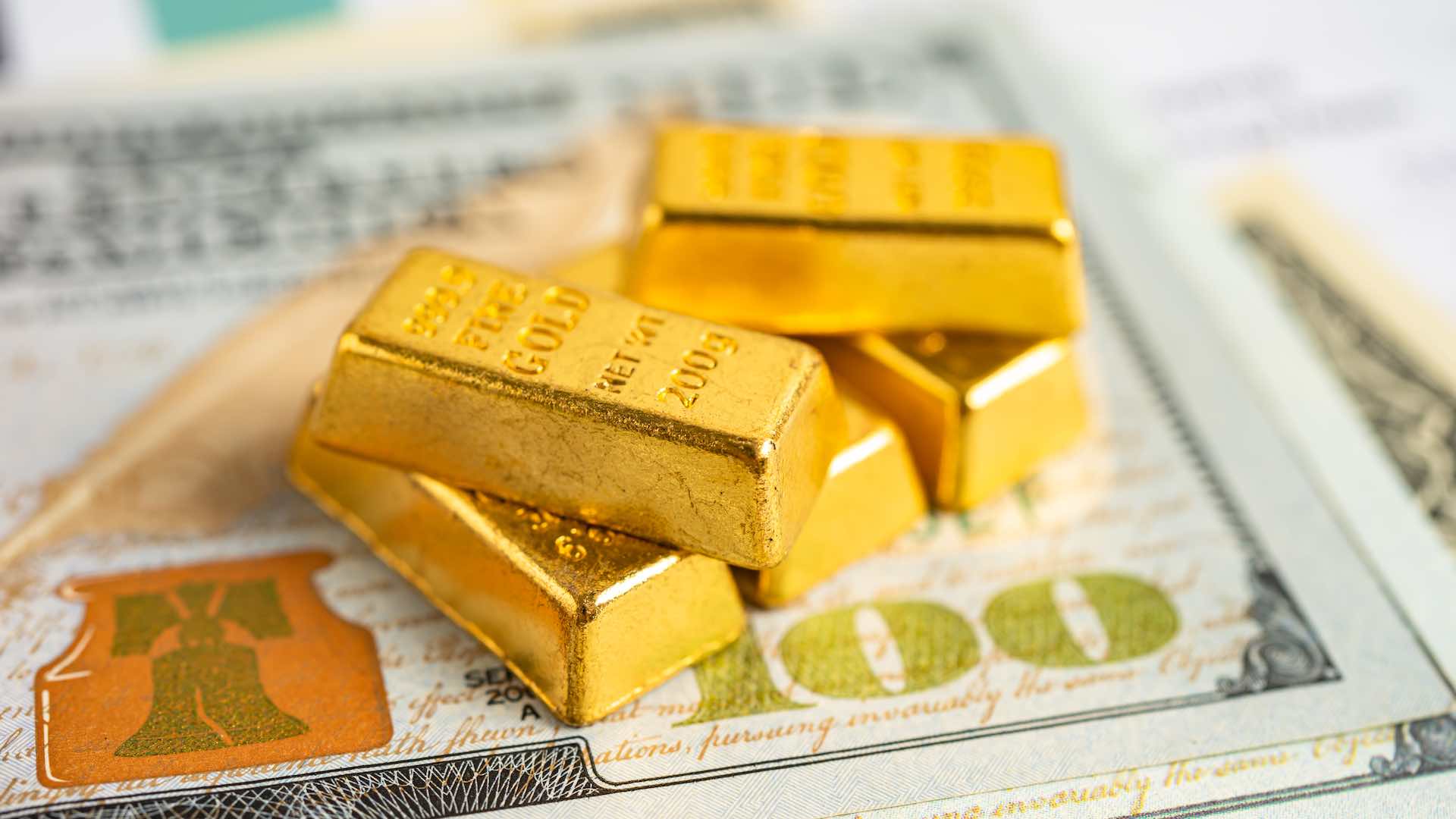As 2024 progresses, gold has surged by over 20%, drawing heightened interest from Wall Street as it begins to outshine the broader U.S. stock market. According to financial experts, this trend is largely influenced by the Federal Reserve’s potential policy shift towards lowering interest rates.

By August, gold prices had soared, peaking at a record high of $2,500 per ounce – a 21% increase since the year began. In comparison, the S&P 500 showed a modest gain of 16%. The spike in gold prices coincided with soft economic indicators, including a disappointing payroll report and a slowdown in the housing sector, which have collectively spurred discussions on the need for more aggressive rate cuts by the Fed.
Financial institutions are adjusting their forecasts in response to these market dynamics. Commerzbank Research, for instance, recently revised its gold price projections, anticipating up to six rate cuts by mid-2025. This revision suggests a potential rise in gold prices to $2,600 by next year and a slight drop to $2,550 by the end of 2025 due to inflationary pressures and possible rate hikes thereafter.
Other market analysts share a bullish stance on gold’s future trajectory. Bart Melek of TD Securities predicts that gold could reach $2,700 per ounce soon, driven by further easing from the Fed. Similarly, Patrick Yip from the American Precious Metals Exchange forecasts that gold might hit the $3,000 mark by next year, fueled by ongoing geopolitical uncertainties and increased buying by global central banks.
The role of central banks in bolstering gold demand cannot be overstated. Nations such as China, Turkey, and India have been active in diversifying their reserves away from the U.S. dollar, partly as a precaution against geopolitical risks, such as those exemplified by the freezing of Russia’s dollar assets post-Ukraine invasion. Last year alone, central banks added over 1,000 metric tons of gold to their reserves, with significant buying sprees by the People’s Bank of China and India’s central bank.
As concerns about a potential recession linger, investors are increasingly turning to gold as a safe haven. Renowned investor Mark Spitznagel of Universa Investments warns of an impending recession, suggesting that the current market bubble is the largest yet and its burst is imminent. This scenario further underscores the appeal of gold as a reliable investment during uncertain times.
